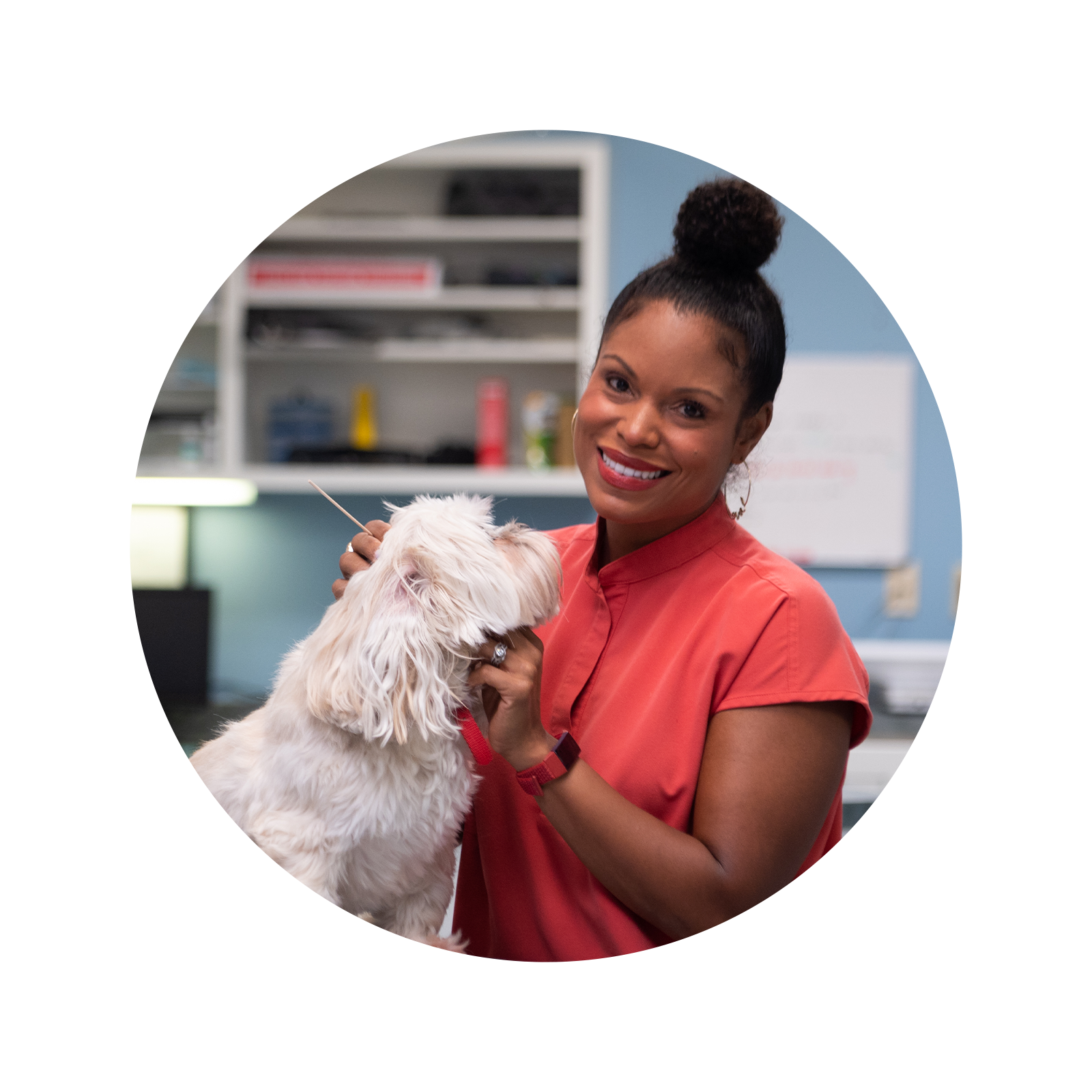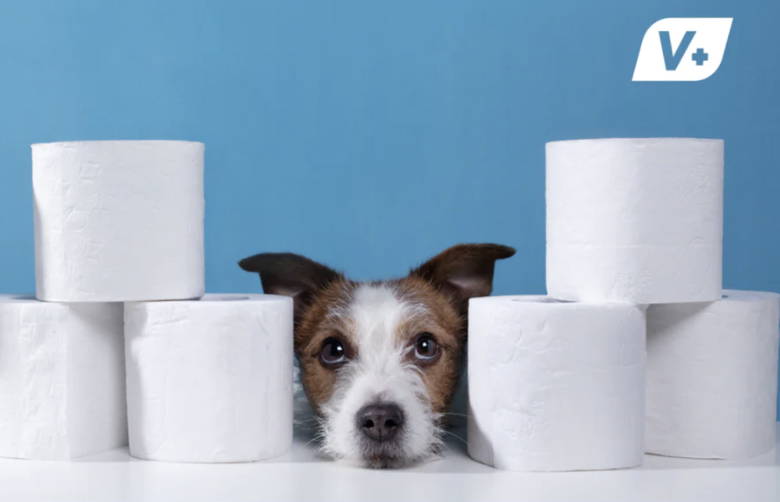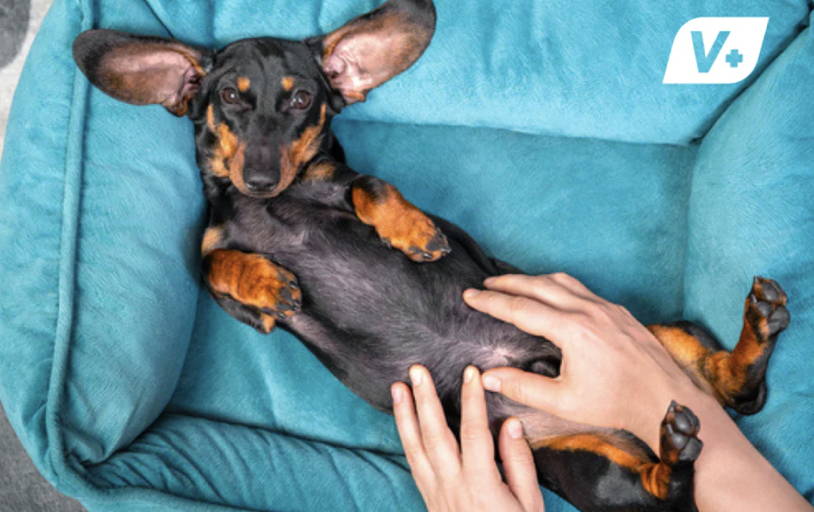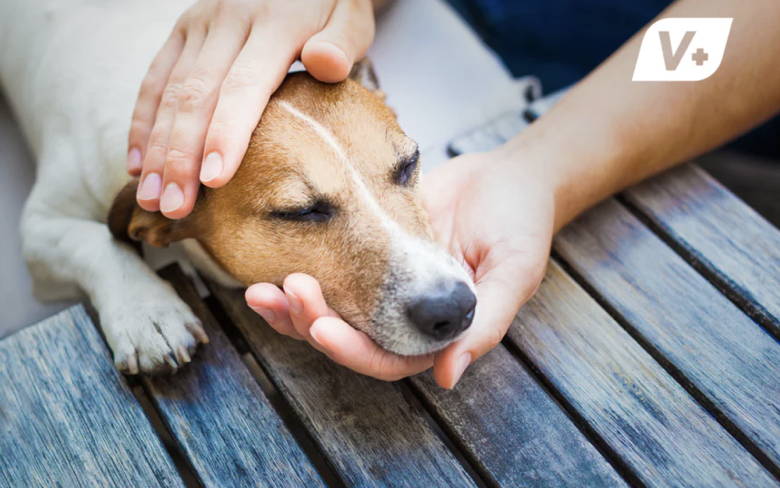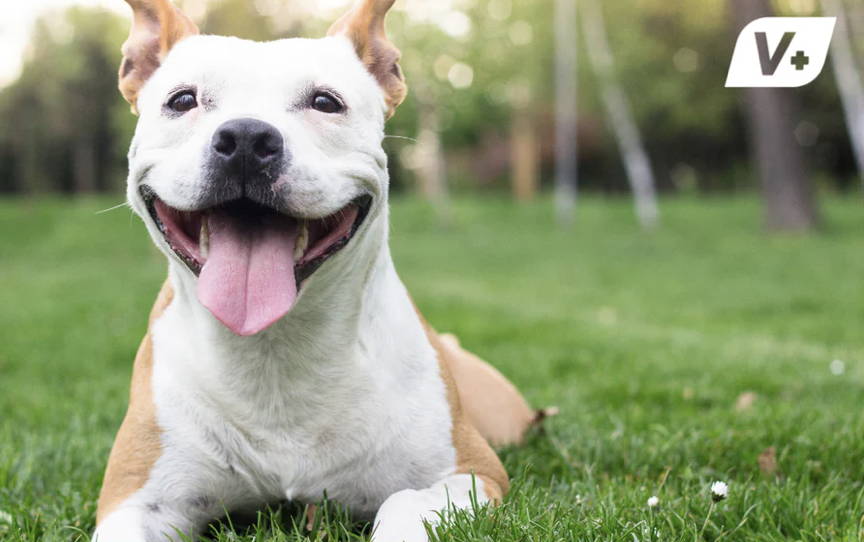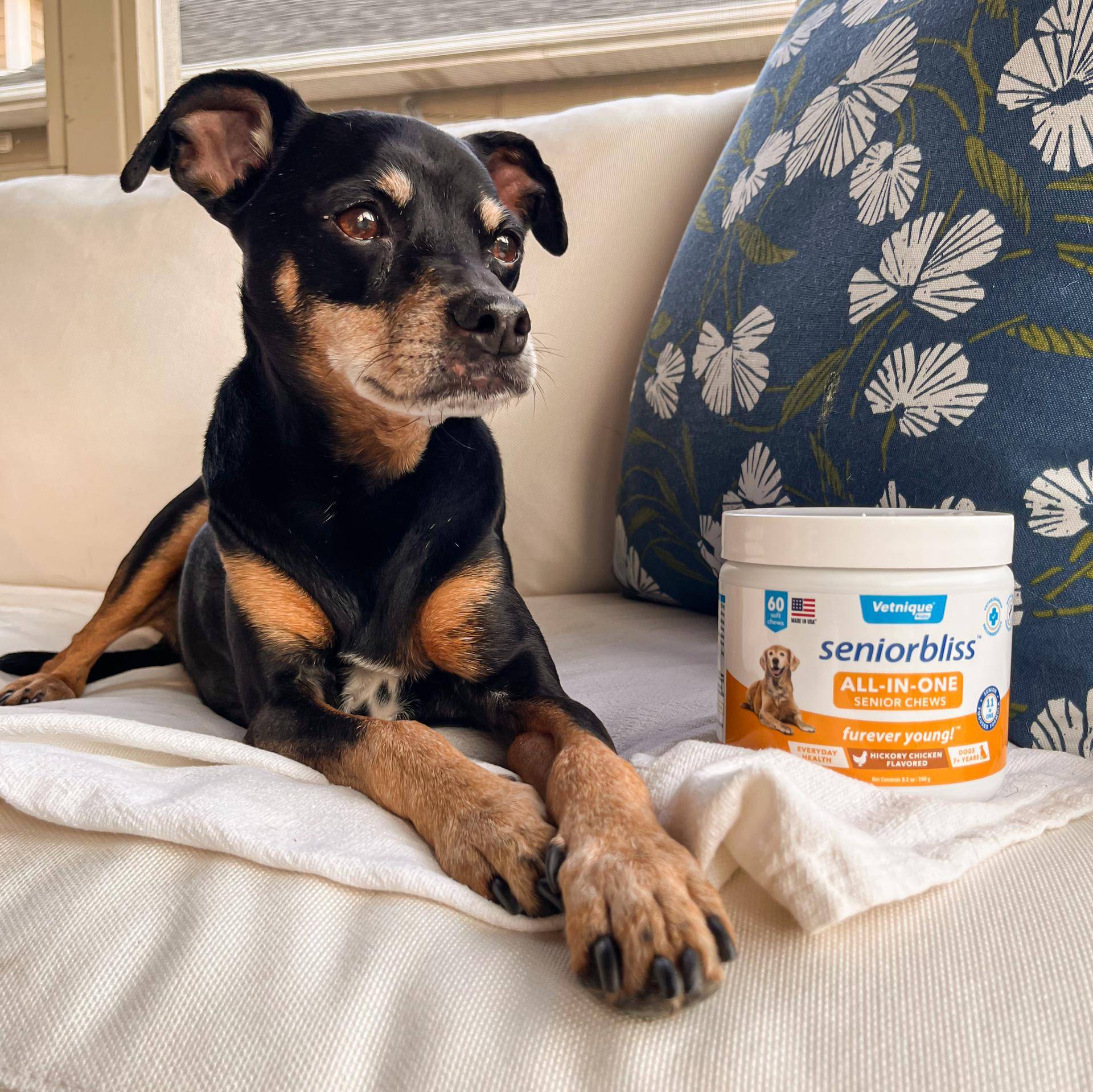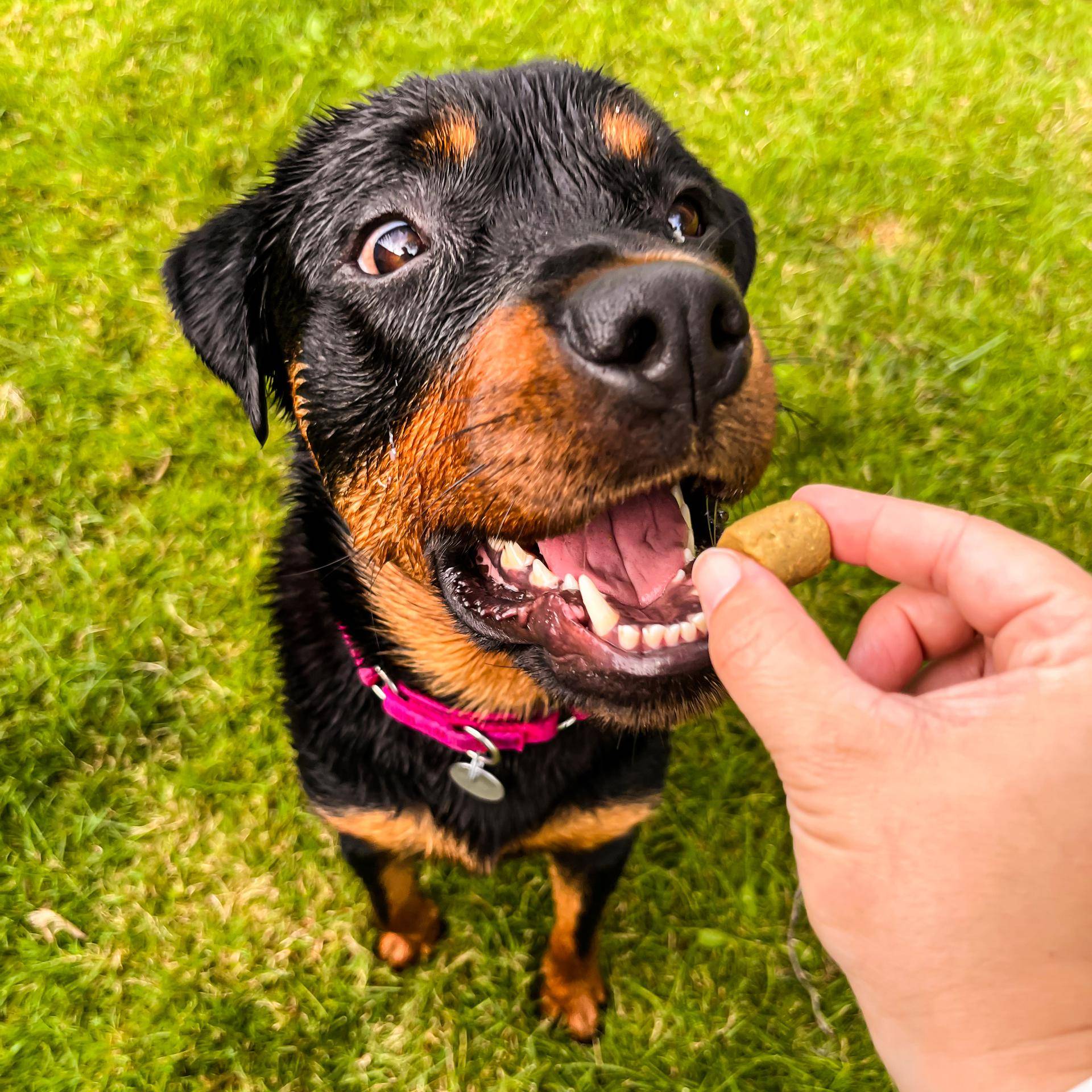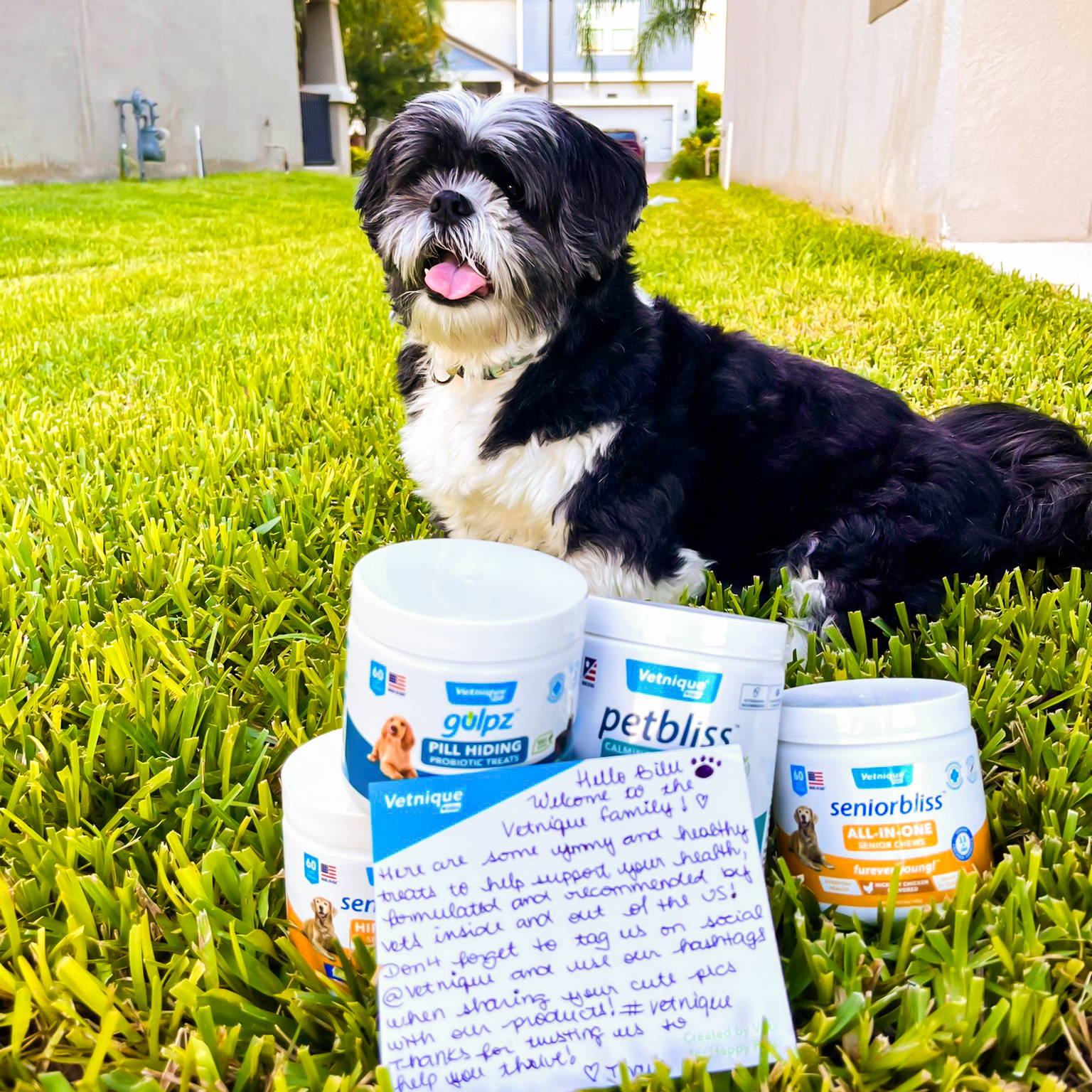Bad Breath in Dogs: Causes & Tips for Removing Breath Smell
Jump to Section
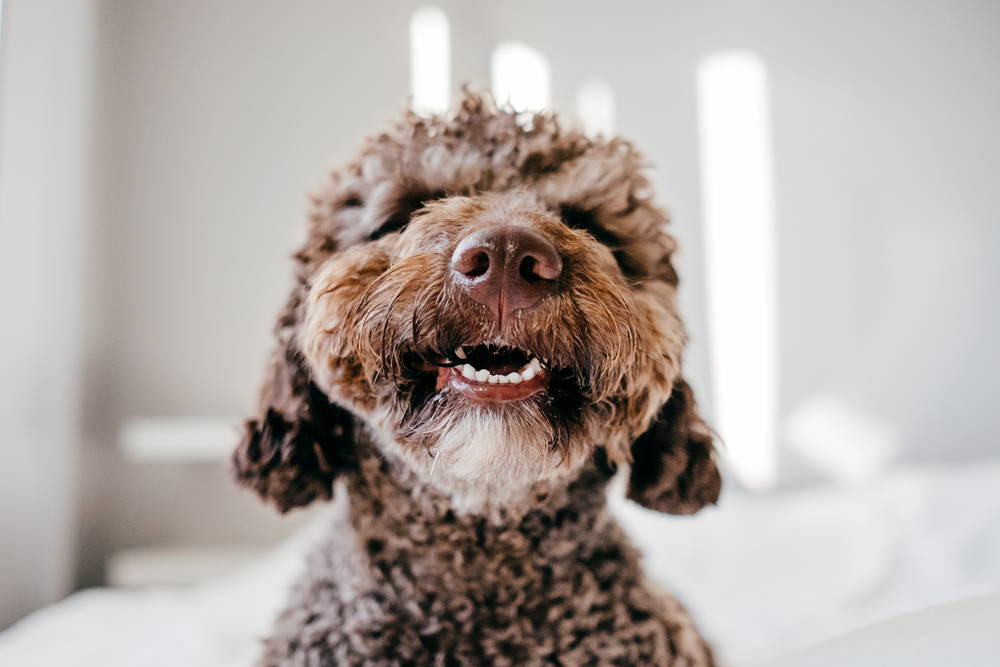
We love our four-legged friends, no matter what their breath smells like, but there’s a reason dogs get a bad rap for their breath. “Dog breath” and “puppy breath” imply aromas that are anything but pleasant. Does that mean bad dog breath is normal? The short answer is “no.” And pet parents, you can play a big part in getting your dog’s bad breath back to a better place!
Causes of bad dog breath
When thinking about how to improve the health of your dog, bad breath might not be at the top of your priority list. But bad breath is a sign of bacteria in the mouth, meaning your dog’s oral hygiene could suffer. Dog bad breath causes can include:
Poor dental hygiene or oral hygiene
It can be easy to forget about practicing oral hygiene with your dog especially if they H-A-T-E being touched in or around the mouth. But poor dental hygiene is one of the most common causes of bad breath in dogs, so don’t overlook this element of your dog’s daily health regimen.
Tooth decay
Poor oral hygiene can lead to tooth decay if left unchecked. Like ours, a dog’s teeth are composed of a hard shell (the enamel) and a soft center (the pulp). Over time, food, saliva, and bacteria in the mouth will form plaque. Plaque and tartar buildup on the tooth’s surface, or enamel, can cause cavities. Once these cavities deepen and grow, they break through the tooth enamel and into the pulp, causing tooth decay.
Gum disease or periodontal disease in dogs
The buildup of plaque and tartar leads to cavities, but that’s not the only damage they can do. Tooth decay puts dogs at greater risk for periodontal (gum) disease, a severe infection that can cause bad breath and, in extreme cases, deteriorate the jawbone.
Tooth damage
Cracks in the teeth can cause bad breath in dogs due to a buildup of bacteria in the cracks and crevices of the teeth. Dogs can break or crack their teeth on tooth-damaging items like bones, rocks, plastic, and wood.
Dry mouth
Xerostomia is the technical term for dry mouth, a condition where a dog doesn’t produce enough saliva to wash away bacteria and moisten the mouth. Dry mouth is one of the most common causes of bad breath in dogs and is often linked to dehydration, but certain medications, fever, and immune disorders can also cause it.
Abscess
Tooth trauma, an infected tooth, and bacterial infections at the gumline can cause oral abscesses in dogs. Abscesses are filled with pus which means that no matter what’s causing the abscess, an infection is present and needs to be treated by your veterinarian.
Diabetes
Not all causes of bad breath start in the mouth. Diabetes causes the liver to break down fat for energy instead of blood sugar, releasing acidic ketones that can cause diabetic dogs’ breath to take on a sour aroma similar to acetone.
Kidney disease
The function of your dog’s kidneys is to filter out waste and toxins from the body. When the kidneys aren’t working correctly, unfiltered waste can build up in the body and affect the scent of a dog’s breath.
Pica
Pica in dogs is a behavioral issue that causes them to eat things with no nutritional value. These dietary indiscretions can include bizarre items like poop, grass, and dirt that can change the normal scent of your dog’s breath.
Poor dietary habits
Poor dietary habits can contribute significantly to a dog's bad breath. Feeding them table scraps or low-quality commercial dog food lacking proper nutrients can lead to digestive issues, which in turn can cause foul odors in their mouth. Additionally, excessive consumption of certain foods, such as canned fish or dairy products, can exacerbate bad breath in dogs.
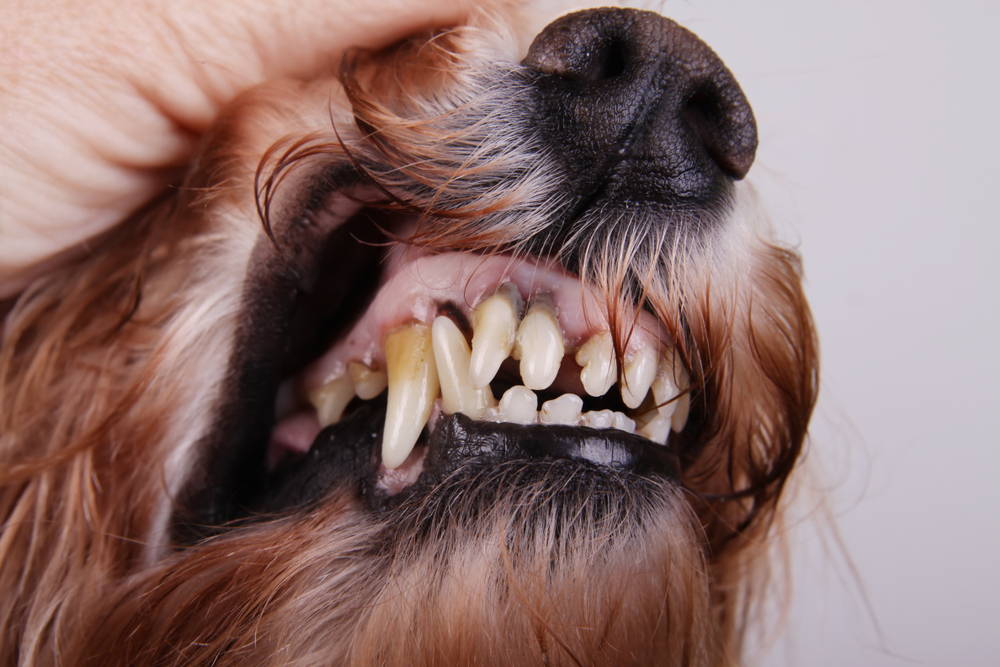
5 types of bad breath smell in dogs
1. Fish smell
2. Dog's breath smells like poop
Have you ever noticed how puppy breath smells like poop? In puppies, stinky breath is expected due to a mix of mother’s milk and digestive enzymes. In adult dogs, it’s not so innocent––it’s likely a sign that your dog has been eating poop, which can be a sign of a deeper issue.
3. Acetone smell
Chemical scents like acetone can signify that your dog is affected by diabetes, a condition that affects blood glucose levels due to a lack of insulin in the body. Female dogs, obese dogs, and some breeds are at a higher risk for diabetes.
4. Ammonia or urine smell
Ammonia is another chemical scent that could spell trouble if you detect it on your dog’s breath. Similar to the smell of urine or sweat, ammonia has a distinct stringent scent and most commonly signifies a kidney problem when present on the breath.
5. Dog's breath smells like rotten garbage
If your dog’s bad breath smells rotten, like garbage, it’s probably a sign of poor dental hygiene. Halitosis is the technical term for bad breath, and dental hygiene is usually the determining factor in how good–or bad–your dog’s breath smells. Your dog’s tartar, plaque, and gum disease should all be addressed if you want rotten garbage breath to disappear!
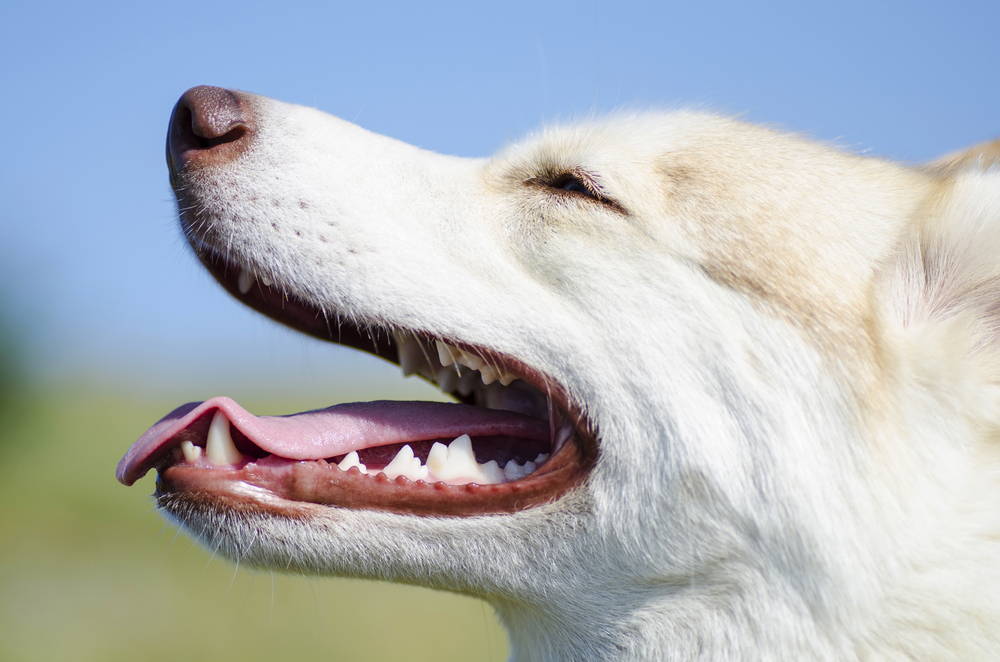
How to treat your dog’s bad breath
How to tackle your dog’s bad breath will depend on the cause, but there are other daily habits you (and your furry friend) can adopt to keep their breath smelling as fresh as possible!
Brush your dog’s teeth
When saliva mixes with food and other debris inside the mouth, tooth decay can occur. Brushing your dog’s teeth daily–or a few times per week–can help prevent plaque buildup that leads to cavities and tooth decay.
Provide tooth-friendly toys
To avoid bad breath caused by cracked teeth and related abscesses, only give your dog soft or pliable toys that won’t damage their teeth. Materials like tough rubber, nylon, and durable silicone are less likely to cause dental disaster!
If your dog gets joy from destroying toys, just make sure to replace softer toys before they can break into pieces that can cause choking or bowel obstructions.
Cut back on treats
Treats with super sticky texture, added sugar or starchy ingredients like corn and wheat starch are more likely to cause plaque buildup––especially if your dog’s teeth aren’t brushed regularly.
Try a tooth gel
Tooth gels for dogs containing antimicrobial ingredients can help clear out bacteria lingering in the mouth. Medicated tooth gels coat the teeth for a more targeted oral treatment that you can do at home. A bonus is that most tooth gels for dogs have pet-safe amounts of peppermint flavor for fresher breath!
Encourage hydration
To reduce the risk of dry mouth–and help flush out food and other debris–do what you can to ensure your dog is drinking enough water. Hydration is essential for whole-body health, including oral hygiene and digestion.
Try a dental stick
Dental sticks can have many incredible benefits for your dog’s oral hygiene. A quality formula will provide a gently abrasive texture for mechanical teeth-cleaning and breath-freshening ingredients. Some formulas might also have a channel for filling a tooth gel, making application even more effortless.
How to treat your dog’s bad breath
Preventing bad breath in dogs begins with establishing a solid dental hygiene routine. Regularly brushing your dog's teeth is the most effective way to combat bad breath and maintain oral health. Aim to brush your dog's teeth daily or at least 3-4 times a week using a pet-friendly toothbrush and toothpaste. This routine helps remove plaque and food particles that contribute to bad breath. Additionally, using dental wipes and oral rinses designed for dogs can further reduce bacteria and freshen your dog's breath.
Incorporating dental-friendly treats and chews into your dog's diet can also help prevent bad breath. These products are specifically designed to reduce plaque and tartar buildup while promoting healthy gums. Chewing on these treats stimulates saliva production, which naturally helps clean your dog’s mouth and reduce odor-causing bacteria. Additionally, offering crunchy, dog-safe vegetables like carrots can provide a natural way to clean your dog’s teeth and freshen their breath.
Regular veterinary check-ups are essential for maintaining your dog's oral health and preventing bad breath. Your veterinarian can perform professional dental cleanings and check for any underlying issues that might be causing bad breath, such as gum disease or tooth infections. Ensuring your dog receives proper dental care at home and from the vet will keep their mouth healthy and their breath fresh. By developing a consistent dental hygiene routine and incorporating dental-friendly products into your dog's lifestyle, you can effectively prevent bad breath and support your dog's overall well-being.
When to see a vet about your dog’s bad breath
While occasional bad breath in dogs is common, persistent or particularly foul-smelling breath can be a sign of underlying dental health issues that require veterinary attention. If your dog's bad breath doesn't improve with regular brushing, dental wipes like Dentabliss, or other home remedies, it's time to see a vet. Chronic bad breath could indicate dental diseases such as periodontal disease, infections, or more serious conditions like kidney or liver problems. A veterinarian can perform a thorough examination to diagnose the root cause and provide appropriate treatment.
You should also consult a vet if your dog shows other symptoms alongside bad breath, such as excessive drooling, difficulty eating, swollen gums, or loose teeth. These signs often accompany severe dental issues that need professional intervention. Regular dental check-ups are crucial as they allow your vet to detect and address any problems early on, preventing them from escalating into more serious health concerns. Your vet might recommend professional teeth cleaning or other treatments to restore your dog’s oral health.
Home remedies like Dentabliss wipes are excellent for maintaining your dog's oral hygiene between vet visits. These wipes help remove plaque and bacteria, freshening your dog’s breath and supporting overall dental health. However, while these products are beneficial, they should complement rather than replace professional veterinary care. Regular use of dental wipes, combined with routine brushing and a healthy diet, can significantly reduce the risk of dental problems. Always monitor your dog's breath and oral health, and don't hesitate to seek veterinary advice if you notice any persistent issues. Early detection and treatment are key to keeping your dog's mouth healthy and their breath fresh.
Your dog’s breath might never smell totally minty-fresh, but you can improve your experience when cozying up with your pup! Remember that while your dog’s bad breath is simply unpleasant for you, it could spell serious trouble for your furry friend. Getting ahead of dental issues can help keep your dog healthy for years to come––and reduce your risk of giant dental bills, too!
Join the Pack!
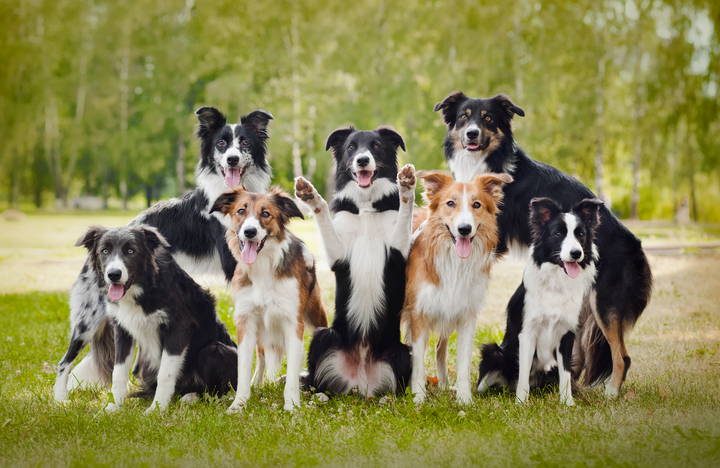
Sign up for exclusive deals, curated pet tips from veterinarians, and product launches!
Pet Parents are Also Reading...
January, 2023
Related Articles
